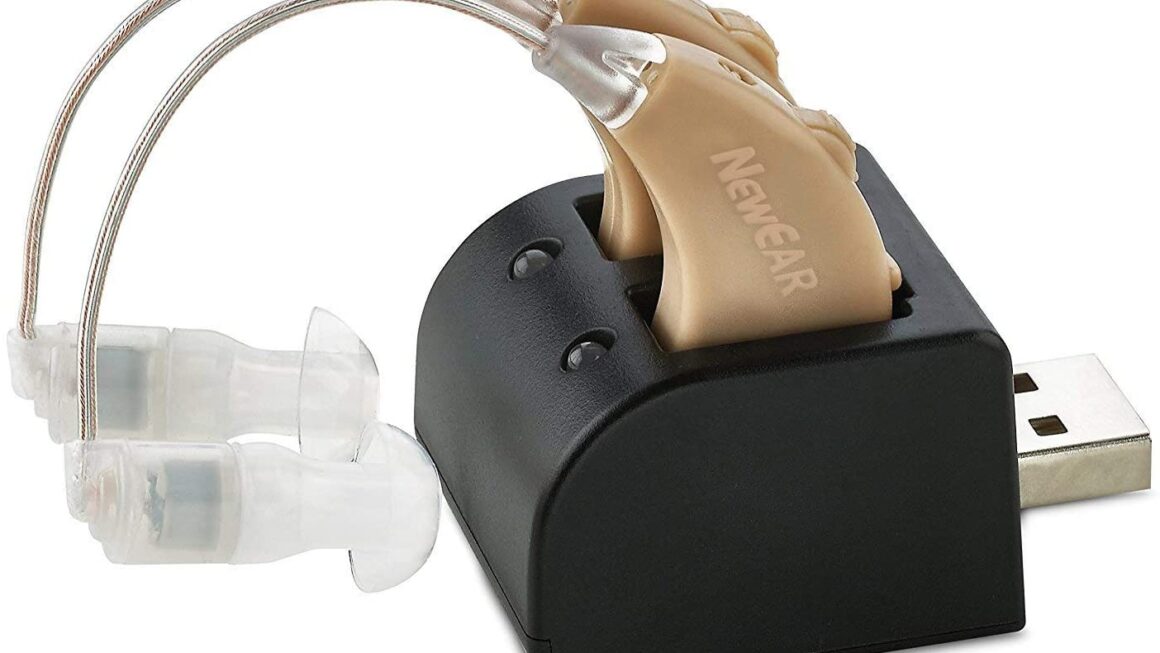Introduction
Technological advancements have covered significant sectors of our society. Every industry, from healthcare to the agricultural sector, is adopting technology. Then why should clinical trial management lag?
There was a time when the pharmaceutical and biotechnology industries used to handle clinical trial data manually. It required extensive efforts and often led to inefficiencies and errors. Therefore, the clinical trial sector switched to its electronic counterparts, incorporating clinical trial management support.
Let’s explore this transition- its basics, needs, outputs, and benefits in this blog.
Understanding Electronic Clinical Trial Management Systems (eCTMS)
First, let’s make you aware of what clinical trials are.
A drug has recently added as a new discovery in the list of pharmaceutical drugs. How will you know that it is beneficial? It might pose potential risks to human lives. Therefore, without clinical testing. The drug cannot be made available to the general public. Now the question arises, how will you test these drugs? Therefore, research team conducts clinical trials to evaluate safety, effectiveness, and potential side effects.
For conducting clinical trials, they select a small group of people first to observe the effects of drugs. Later in progressing phases, this quantity gradually increases until the safety of the drugs is assured; and the potential risks are identified.
This significant task demands efficient handling of performing, planning, and reporting functions with participants’ contact information, tracking deadlines, and overcoming milestones. Therefore, there is the intervention of technology to handle them efficiently. CTMSs are robust systems and a one-stop point for anyone who wants to gain information about a specific clinical trial. It proves beneficial for both: the study staff and the senior management.
Components of the CTMSs
CTMS refers to software solutions designed to streamline and automate various aspects of clinical trial management. They intervene with the study setup, subject recruitment, data and management and reporting.
Initially, the trial management system was limited to the basic electronic database. However, the need for a more sophisticated tool urged eCTMS to emerge as a powerful and comprehensive tool for managing complex tasks.
The Basics of Clinical Trial Management System
eCTMS basics start with the portfolio and progress toward the program, clinical trials, country, clinical research site, and patient levels. The different aspects of the system fulfill the needs of various users. For instance, The staff members involved with the trials may need to look at the country, and site data, while this requirement is not associated with one doing analytics.
Initially, the eCTMS helps researchers with the study setup and protocol designs. They can use the system to design workflows, determine milestones, and set up reminders for important factors. Furthermore, it integrates regulatory requirements, ensuring outset compliance.
eCTMS has elevated convenience for subject recruitment and enrollment processes by providing tools to track and manage participants’ information. These systems allow for automated screening reducing the burden on the researchers for administration. These systems can efficiently match the correct participant according to the specific studies leading to faster enrolment. In addition, there are loads of benefits awarded by this transition to technology for the management system.
CTMSs include a range of tasks and functionalities such as data entry, reporting, and data review in their day-to-day operations. Although some systems can interact with each other, there may be a need for manual efforts to ensure consistency among the systems. Occasionally, researchers might enter data manually if not captured in any other location. A key feature of CTMSs is the synchronization with other systems like eCRF, safety database, IxRS, etc. This synchronization helps eliminate human errors and simplifies the management of clinical trials.
Key Points
It enables the management of various elements of clinical research, which include:
- Scheduling and organizing timelines.
- Offering a database for investigators and research sites.
- Facilitating subject recruitment.
- Collecting and monitoring data.
- Analyzing trends.
- Ensuring adherence to government regulations.
- Managing budgets and ensuring billing compliance.
Benefits of Clinical Trial Management Systems
With the rewarding revolution of the clinical trial management sector, let’s sneak into the benefits this transition offers:
- Streamlined trial operations
- Enhanced data management
- Improved participant recruitment and retention
- Efficient monitoring and compliance
- Collaboration and communication facilitation
- Timelines and budget management
- Regulatory compliance assurance
Clinical Trial Management Systems-The Need
The needs addressed by eCTMS include:
Data Management and Organization
Managing and organizing tons of data is a crucial task. eCTMS takes control of these very efficiently. eCTMS offers a centralized database platform for collecting and storing electronic data. With the assistance of structured data entry forms, data validation checks, and audit trials, eCTMS ensures data integrity and encompasses efficient data management throughout the clinical trial.
Project Management and Collaboration
The clinical trials for drugs encompass various elements in terms of patients and staff. Clinical trials involve multiple stakeholders, including investigators, coordinators, monitors, and sponsors. Therefore, there is a significant need for project management tools to coordinate activities, assign tasks, and track progress. The incorporation of the eCTMS fulfills these needs. Furthermore, these systems enable seamless collaboration by facilitating communication, document sharing, and version control.
Outputs of Clinical Trial Management Systems
Enhanced Trial Oversight and Monitoring
Through eCTMS you can easily access study progress and performance metrics in real time. Researchers can track participant enrolment, monitor site activities, and identify potential hazards. It also envisages the generation of reports, empowering timely decisions to allow the study to stay on track.
Improved Regulatory Compliance
Regulatory compliance is a crucial part of clinical trials. eCTMS simplifies this process through the automation process of documentation and audit trail creation. eCTMS have built-in features to track regulatory requirements and organize and manage essential documents.
Increased Operational Efficiency and Cost-effectiveness
Through the automation of manual processing and reducing administrative burden, eCTMS improves operational efficiency. Researchers can focus more on critical tasks than paperwork, saving time and resources. Moreover, eCTMS minimizes errors and delays in data management and analysis, ultimately leading to cost savings.
Conclusion
To conclude, clinical trials refer to the testing of drugs on humans in phases. These trials are done to check the viability of new drugs; and to assess the hazards. Clinical trials have massive implication and require extensive data management and handling. To do it manually is a hectic task and increases the chance of human errors. Therefore, data management in clinical research is an essential task.
This problem requires the intervention of technology. As drug research is increasing, so; is the need for effective management tools. eCTMS has got the right solution to encompass these issues. It elevates the efficiency and data management and reduces human errors. The output of this system includes enhanced trial oversights, improved regulatory compliance, and increased operational efficiency.












